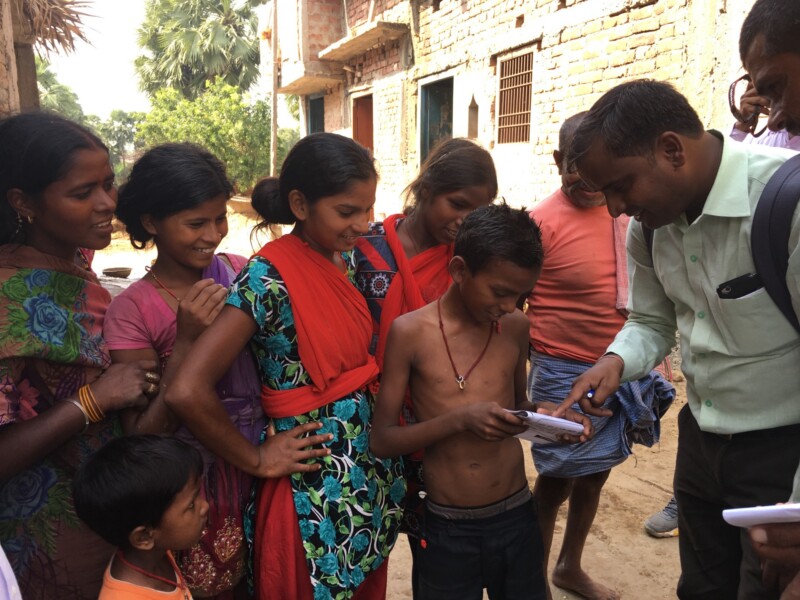Turning Data into Action

In a recent essay for IDinsight Blog, Pratham CEO Dr. Rukmini Banerji recounts a visit to a village in the Jehanabad district of Bihar to collect data on children’s learning levels. Going from house to house, armed with a simple assessment tool, she and other volunteers engaged members of the community in the hope of shedding light on India’s education crisis.
The results are troubling. Despite years of schooling, many students are still unable to perform basic math and reading tasks, often to the bewilderment of their parents who watch in disbelief as their children struggle with a simple problem. “For many parents, who had not had much education, this was often their first exposure and engagement and perhaps the first set of exchanges in how to think about their children’s schooling and learning.”
It is hard to visualize how numbers come to be. It is hard to connect the dots, to move from individual anecdotes to aggregates. Even a village can be a big place
The village report card process is a powerful mechanism for facilitating discussions and awareness of an issue that is of key importance but usually not at the center of local conversation and debates. Since 2005, Pratham and the ASER Centre, with the assistance of partner organizations, have been collecting data on school enrollment and children’s learning in every rural district of India, reaching more than 600,000 children annually.
Dr. Banerji stresses not only the importance of information itself but also the visible, participatory nature of the collection process: “People participated not only in assessing, but also in a constant flow of conversation with those around them — what was the problem, what is to be done, who will do it, when, and so on. This is how evidence led to action.”
Read the full article.
